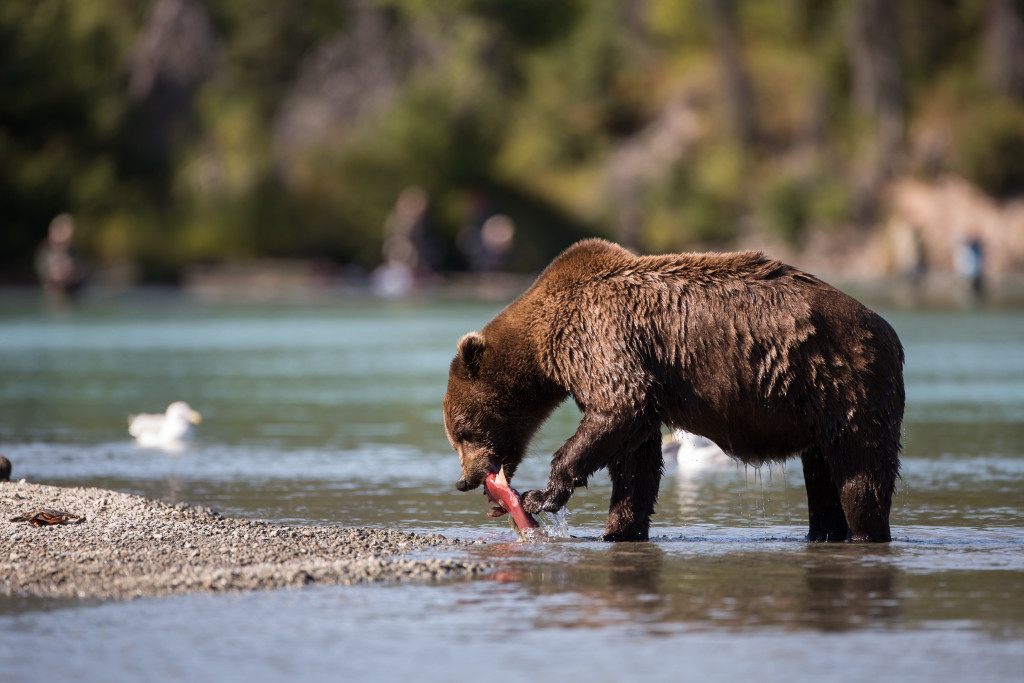When most people think of the great outdoors, they imagine a pristine wilderness untouched by human hands. However, the more you explore, the more you realize that this is not always the case. Many wilderness areas are managed landscapes where humans play a significant role in shaping the environment. This can be both good and bad news for those of us who enjoy spending time in nature.
On the one hand, it means that there are often well-maintained trails and other infrastructure to make our experience more enjoyable. On the other hand, it also means that we need to be more aware of our impact on the environment and take steps to minimize our footprint.
Here are a few tips to help you stay safe and minimize your impact while enjoying the great outdoors:
Always tell someone where you’re going and when you expect to be back.
Telling someone where you’re going is always a good idea, even if you’re just going for a short walk. That way, if something happens and you don’t come back when you said you would, someone will know to come looking for you.
You should also stay on trails when you’re hiking or walking in the woods. Established trails will help you avoid getting lost, and it also helps protect delicate ecosystems.
You should ensure an off-road vehicle has suitable coverage from a reliable insurance company if you plan to use the vehicle in the adventure. The coverage should include collision and property damage liability to ensure you do not have out-of-the-pocket expenses when an accident happens.
Carry a map and compass, and know how to use them.
You should also bring a map and a compass. A GPS can be helpful, but it’s not a replacement for these other tools. Paper maps can help you understand the terrain and find your way if you get lost. A compass can determine your location, even if you can’t see the sun or other landmarks. Using these tools lets you know where you are and how far you are from your destination. They also help you find your way back if you get lost.
Bring a first aid kit.
A first aid kit is essential for any outdoor adventure. The items to include in a first aid kit vary depending on the type of adventure you’re undertaking. However, there are some essentials that everyone should have, such as adhesive bandages, pain relief medication, and antiseptic wipes.
It’s also a good idea to bring supplies for treating common injuries and illnesses, such as blisters, insect bites, and diarrhea. If you’re unsure what to pack, there are many pre-made first-aid kits available for purchase. However, it’s often cheaper and more convenient to assemble your own.
You should also consider bringing a small first-aid book if you need to treat more serious injuries or illnesses.

Bring plenty of food and water.
When planning your trip, make sure to bring enough food and water for everyone in your group. It’s always better to have too much than not enough. This is especially important if you’re going on a long hike or camping trip. You don’t want to run out of food or water and have to ration yourself.
Wear appropriate clothing.
When exploring the great outdoors, it is essential to wear appropriate clothing. This will help protect you from the elements and keep you warm and comfortable. Appropriate clothing for hiking or camping includes sturdy shoes, a hat, sunscreen, insect repellent, and a jacket. It is also important to dress in layers and adjust your clothing as the temperature changes.
You should also choose loose and comfortable clothing so you can move easily. And, if you are hiking in an area with poisonous plants or animals, it is a good idea to wear long pants and sleeves to protect your skin.
Be aware of your surroundings and make noise if you see any wildlife.
When exploring the great outdoors, it is important to be aware of your surroundings. This means being aware of man-made and natural potential dangers and taking steps to avoid or mitigate them. For example, if you’re hiking in a remote area, let someone know where you’re going and when you expect to return. And if you see any wildlife, make noise and try to scare them away. Don’t approach them, no matter how cute they may be! By being aware of the potential risks and taking simple precautions, you can ensure a safe and enjoyable experience for everyone involved.
By following these simple tips, you can help ensure a safe and enjoyable experience for everyone involved. So get out there and explore the great outdoors!

